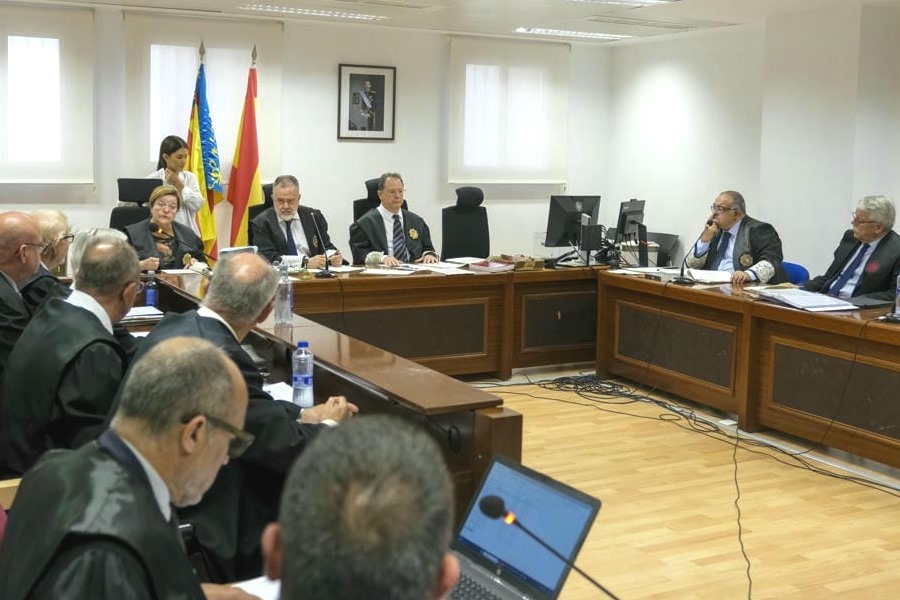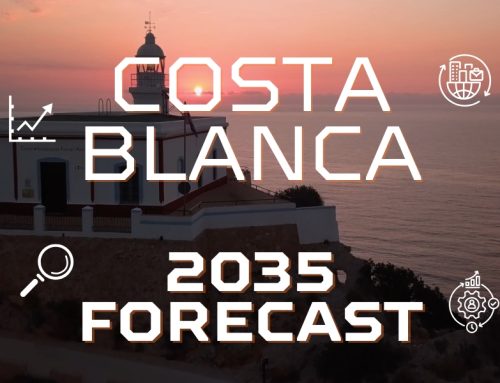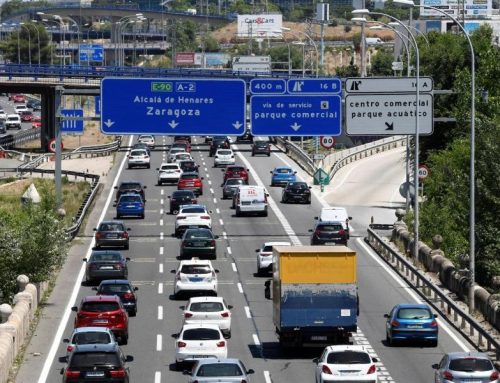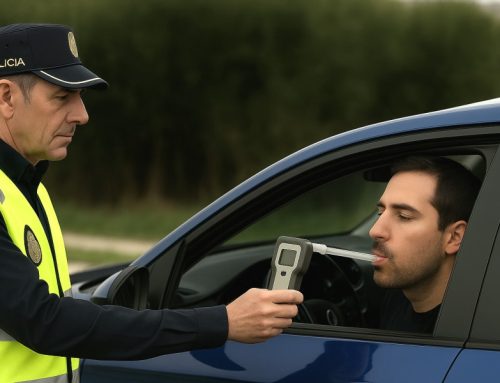
For years, drivers in Spain relied on a ‘known’ tolerance margin. Fixed speed cameras allowed up to 5 km/h over the limit for speeds under 100 km/h, and 5% over if the limit was higher.
With mobile speed cameras gave there was even more leeway: up to 7 km/h or 7% depending on the speed.
In the past, you could travel at 65 km/h in a 60 zone and not trigger a fine. This is no longer the case.
The New “3 and 5 Rule” in 2025
From May 2025, this tolerance margin has been reduced. Fixed speed cameras now trigger at just +3 km/h over the limit under 100 km/h, and for speeds over 100 km/h, the margin is now just +5%.
The same applies to mobile radar units (including those used by drones, patrol cars, and helicopters).
For example, on a road with a 120 km/h limit, the radar will now photograph you at 126 km/h, not 128km/h as before, and going 54 km/h in a 50 km/h zone may be enough to get fined.
The DGT states that these updated tolerances aim to reduce accidents caused by excessive speed, which still account for over two-thirds of traffic violations in Spain, and contribute to 1 in 5 road deaths.
What Are the Speeding Fines in Spain?
Under the 2025 DGT traffic laws, fines for exceeding the speed limit range from €100 to €600, depending on how far over the limit you go. In addition to the fine, drivers may lose between 2 and 6 points on their licence.
NOTE: If you’re a foreign driver in Spain, you’re not exempt, as the DGT cooperates with other European countries to enforce traffic penalties.

Many drivers use GPS and speed alert apps to avoid fines. While these tools are helpful, they usually only show posted speed limits, not the DGT’s hidden radar tolerances. That’s why it’s safest to stay well within the official limit, especially now that the error margin is tighter.
How to Check If You Got a Speeding Ticket in Spain
If you suspect you’ve been flashed by a radar, you can check via the DGT’s official website (www.dgt.es) under the Edictos de Notificación or the DEV mailbox, if you’re registered. Notifications are also sent by post.
Can You Appeal a Speeding Fine in Spain?
Yes, but it’s difficult unless you have proof of a technical error, such as incorrect signage or device malfunction. Appeals based on “margin of error” are now much harder due to the clarified “3 and 5 rule.”
While many criticize speed cameras in Spain as revenue tools for the government, the DGT insists that these changes aim to improve road safety, and not punish drivers unfairly. With over 1.300 speed cameras in Spain, including new drones and mobile patrols, enforcement is tighter than ever.
Final Tips to Avoid Fines in Spain in 2025
– Learn the new DGT speed limits and radar rules.
– Don’t rely on the tolerance “wiggle room” — it’s effectively gone.
– Use cruise control in known radar zones.
– Drive conservatively, especially in coastal tourist areas and major cities, where mobile cameras are common.
Here at CBSage you can stay informed about Spain’s updated traffic laws, and help yourself to avoid fines, and protect your licence. You can find the latest traffic news on the home page and under the section ‘Latest News in Spain‘, and the title ‘In The Know’.
What do you think about the new “3 and 5 rule”?
























